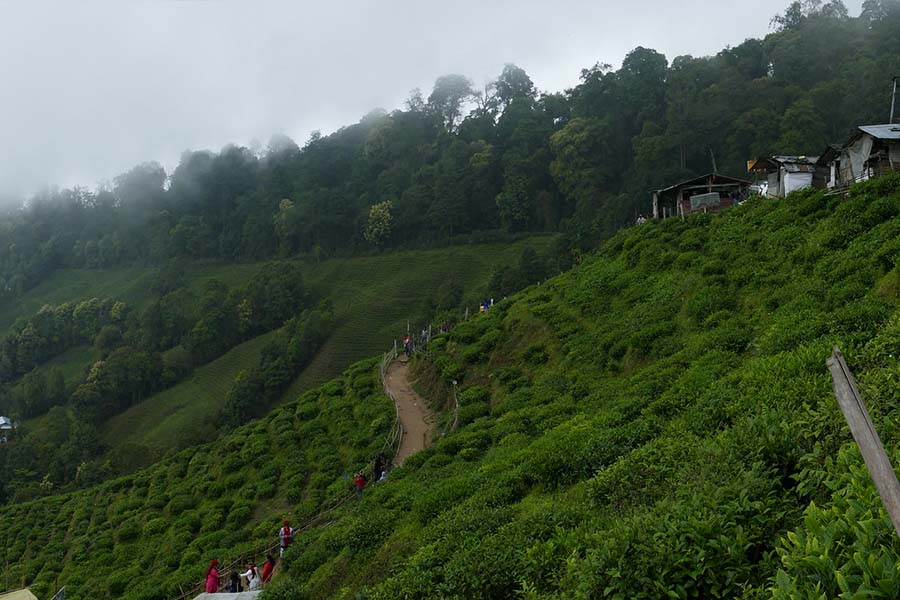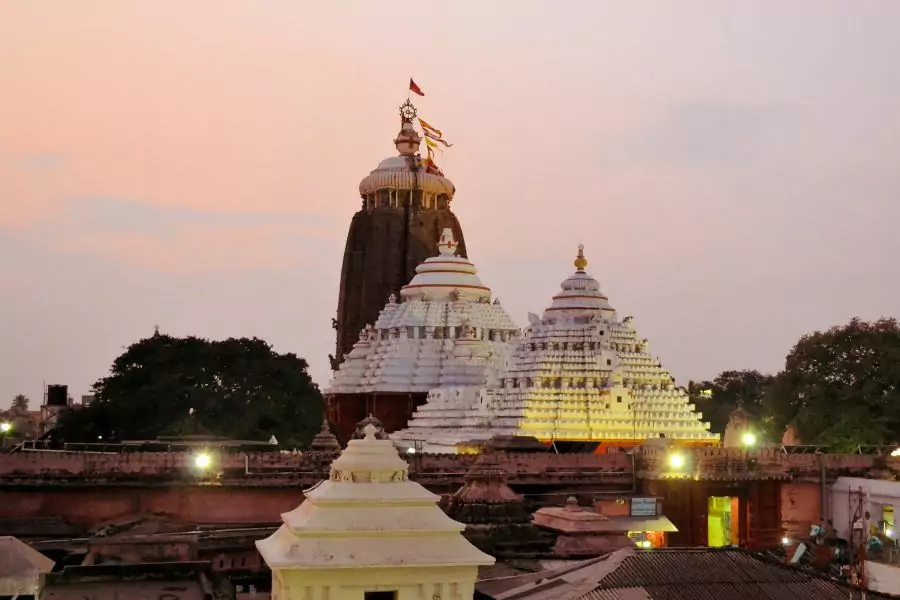Keoladeo Ghana National Park – How to Explore, Timings & Fees

Keoladeo Ghana National Park, also known as Bharatpur Bird Sanctuary, stands as one of India’s most renowned wildlife sanctuaries. Located in the state of Rajasthan, this UNESCO World Heritage Site offers a haven for birdwatchers, housing over 370 species of birds. The park’s unique ecosystem supports a diverse range of flora and fauna, making it a must-visit destination for nature enthusiasts.
The Rich History of Keoladeo Ghana National Park
The development of Keoladeo Ghana National Park began in the 18th century when the Maharaja of Bharatpur established it as a duck-hunting reserve. The park’s name comes from the Keoladeo Temple, dedicated to Lord Shiva, located within its boundaries, and “Ghana,” meaning dense, referring to the thick vegetation.
In 1982, authorities declared the area a national park, and in 1985, it earned its place as a UNESCO World Heritage Site. The transformation from a royal hunting ground to a protected sanctuary highlights the shift in conservation efforts over the years.
The Unique Ecosystem of Keoladeo Ghana National Park
Keoladeo Ghana National Park boasts a unique ecosystem where wetlands, woodlands, and grasslands coexist. This diverse environment provides an ideal habitat for a wide variety of bird species, both resident and migratory. The park’s wetlands, created by the seasonal flooding of the Gambhir and Banganga rivers, serve as a crucial stopover for migratory birds, especially during the winter months.
Flora of Keoladeo Ghana National Park
The park’s vegetation includes a mix of dry deciduous forests, savannah grasslands, and aquatic plants. The wetlands teem with aquatic species like water lilies, lotus, and duckweeds. Trees like babul (Acacia nilotica), kadam (Neolamarckia cadamba), and ber (Ziziphus mauritiana) dominate the dry areas, providing shelter and food for the park’s wildlife.
Fauna of Keoladeo Ghana National Park
Although the park is famous for its bird population, it also supports a diverse range of mammals, reptiles, and amphibians. Some of the notable mammals include:
- Sambar Deer
- Spotted Deer
- Nilgai (Blue Bull)
- Golden Jackal
- Jungle Cat
Reptiles such as pythons, cobras, and monitor lizards roam within the park. The aquatic areas host a variety of fish, amphibians, and insects, contributing to the park’s rich biodiversity.
Birdwatching in Keoladeo Ghana National Park
Keoladeo Ghana National Park attracts birdwatchers from around the world, with its vast population of resident and migratory bird species making it a birdwatcher’s paradise.
Resident Birds
Visitors can spot several resident birds in the park, including:
- Painted Stork
- Indian Peafowl
- Sarus Crane
- Black-necked Stork
- White Ibis
These species thrive year-round, nesting and foraging in the park’s various habitats.
Migratory Birds
The park is particularly famous for its migratory birds, which arrive during the winter months. Some of the notable migratory species include:
- Siberian Crane: Once a regular visitor, the Siberian Crane’s numbers have dwindled, making sightings rare. However, the park remains one of the few places where this endangered species could be observed in the past.
- Bar-headed Goose
- Northern Shoveler
- Common Teal
- Garganey
These birds travel thousands of miles from regions like Siberia, Central Asia, and Europe to winter in the warmer climate of Bharatpur.
Best Time to Visit Keoladeo Ghana National Park
The best time to visit Keoladeo Ghana National Park depends on what you hope to see. For birdwatchers interested in migratory species, the winter months from November to February offer the best opportunities. During this period, the park teems with migratory birds, creating a spectacular sight for visitors.
If you’re more interested in observing the park’s resident birds and other wildlife, visiting during the monsoon season (July to September) can be rewarding. The monsoon rains rejuvenate the park’s wetlands, attracting a variety of birds and other animals.
How to Explore Keoladeo Ghana National Park
Keoladeo Ghana National Park offers several ways to explore its rich landscapes and observe wildlife.
Guided Tours
Guided tours, led by experienced naturalists, provide in-depth insights into the park’s ecosystem and wildlife. Visitors can arrange these tours through the park’s administration or local tour operators. Guides help visitors identify bird species and understand the park’s ecological significance.
Rickshaw Rides
One of the most popular ways to explore the park is by hiring a cycle rickshaw. The rickshaw pullers in the park often double as guides, pointing out various bird species and providing information about their behavior and habitat.
Cycling
For those who prefer a more active exploration, bicycles are available for rent at the park’s entrance. Cycling through the park allows visitors to cover more ground while enjoying the serenity of the natural surroundings.
Walking Trails
Several walking trails wind through the park, offering an intimate experience with nature. These trails are perfect for those who prefer a leisurely pace, allowing ample time for birdwatching and photography.
Conservation Efforts at Keoladeo Ghana National Park
Keoladeo Ghana National Park has led wildlife conservation efforts in India. The park’s management has implemented several initiatives to protect its unique ecosystem and the species that inhabit it.
Water Management
Water management poses a critical challenge for the park. The seasonal flooding of the Gambhir and Banganga rivers is essential for maintaining the wetlands that support the bird population. To address this, authorities have ensured a consistent water supply by constructing reservoirs and canals that channel water into the park during dry periods.
Anti-poaching Measures
Authorities have strengthened anti-poaching measures to protect the park’s wildlife, particularly its avian species. Patrolling and monitoring have increased, and awareness campaigns have educated local communities about the importance of conservation.
Habitat Restoration
Habitat restoration projects have maintained the park’s biodiversity. These efforts include reforestation, removal of invasive plant species, and the creation of artificial nesting sites for birds.
Visitor Information for Keoladeo Ghana National Park
How to Reach Keoladeo Ghana National Park
The park is well-connected by road, rail, and air, making it easily accessible for visitors.
- By Air: The nearest airport is in Agra, approximately 56 km away. From there, you can hire a taxi or take a bus to Bharatpur.
- By Rail: Bharatpur Junction is the nearest railway station, located just 5 km from the park. It connects well to major cities like Delhi, Mumbai, and Jaipur.
- By Road: Bharatpur is easily accessible by road from nearby cities. Regular buses and taxis are available from Delhi (approx. 200 km), Agra (approx. 56 km), and Jaipur (approx. 180 km).
Park Timings and Entry Fees
The park is open throughout the year, but the timings vary depending on the season:
- Summer: 6:00 AM to 6:00 PM
- Winter: 6:30 AM to 5:00 PM
Entry fees are nominal, with additional charges for vehicles, cameras, and guide services.
Accommodation Options
Several accommodation options are available near Keoladeo Ghana National Park, ranging from budget guesthouses to luxury hotels. The Forest Lodge, run by the park authorities, offers basic amenities and sits close to the park’s entrance.
For a more comfortable stay, you can opt for hotels in Bharatpur, which provide a range of facilities and easy access to the park.
Cultural Significance of Keoladeo Ghana National Park
Keoladeo Ghana National Park is not just a haven for wildlife; it also holds cultural significance for the local communities. The park’s name, derived from the Keoladeo Temple within its boundaries, reflects its deep connection to the region’s cultural heritage. The temple, dedicated to Lord Shiva, is an important religious site, attracting pilgrims and tourists alike.
The park also plays a role in local folklore and traditions, with many stories and legends associated with its flora and fauna. The annual Gangaur festival, celebrated with great fervor in Bharatpur, often includes rituals and ceremonies that pay homage to the park and its inhabitants.
Conclusion
Keoladeo Ghana National Park stands as a testament to India’s rich biodiversity and commitment to conservation. Its unique ecosystem, diverse wildlife, and cultural significance make it a destination that appeals to both nature lovers and history enthusiasts. Whether you’re an avid birdwatcher, a wildlife photographer, or simply someone looking to connect with nature, a visit to this incredible sanctuary will leave you with memories to cherish for a lifetime.
FAQs
1. What makes Keoladeo Ghana National Park a UNESCO World Heritage Site?
The park earned its UNESCO World Heritage Site status due to its unique ecosystem, which supports a vast diversity of bird species, including many rare and endangered ones.
2. When is the best time to visit Keoladeo Ghana National Park for birdwatching?
The best time for birdwatching is during the winter months, from November to February, when migratory birds flock to the park.
3. How can I reach Keoladeo Ghana National Park?
You can reach the park by air via Agra Airport, by rail through Bharatpur Junction, or by road from nearby cities like Delhi, Agra, and Jaipur.
4. What types of accommodation are available near the park?
Accommodation options range from budget guesthouses to luxury hotels in Bharatpur. The Forest Lodge near the park’s entrance offers basic amenities.
5. What are the main attractions at Keoladeo Ghana National Park?
The park’s main attractions include its diverse bird population, guided tours, rickshaw rides, and the cultural significance of the Keoladeo Temple.


